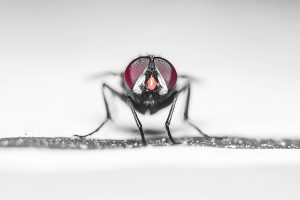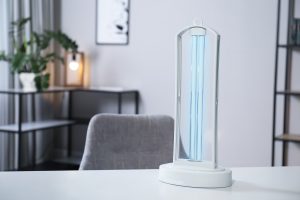
Keep Your Lights On And Your Bills Down
- Post author:cs_Admin
- Post published:24 August 2022
- Post category:Blog
- Post comments:0 Comments
The last few months have been alarming to say the least when it comes to the cost of energy. The soaring price of gas prompted by the Russian invasion of Ukraine and its knock-on effects on the world market has made everything more expensive. Electricity costs have risen too, because a large proportion of it is generated by the burning of gas in power stations.
Much of the focus on the consequences of this has been the impact on individual households, with talk about how much (and how often) the energy price cap will rise by, and the government’s initial package to help consumers funded by a windfall tax – almost certainly not the last piece of help households will get.
By contrast, very little, if anything, has been said about businesses, although it is possible that when the new prime minister is announced next month there will be less uncertainty as he or she will make further announcements that go further than just helping homes. For the moment, while Rishi Sunak and Liz Truss have publicly debated what to do, it remains to be seen exactly what will happen.
In the meantime, businesses face higher energy costs alongside the wider concerns of a recession predicted by the Bank of England, one which the latest figures for gross domestic product indicate may have already started.
For firms using a lot of energy, such as for lighting in bars, restaurants and nightclubs, passing on these extra costs to already hard-pressed consumers would be counterproductive at the best of times – and these are far from that.
The solution, therefore, is in using less energy, not by turning the lights out, but by using more low-voltage lighting. LED lights use less electricity than incandescent bulbs because they are more efficient at turning energy into light because less of it is produced as heat, which means you get the same amount of light for less energy.
A great thing about this is that by changing your bulbs, you could suddenly find a genuinely effective way of cutting down your energy use and therefore counterbalancing your electricity bills.
Moreover, this is not a marginal difference that could save a few pounds here and there. LED lights are 80 per cent more efficient than incandescent bulbs, meaning a nine-watt LED bulb will provide the same amount of light as an incandescent light.
The reason LEDs give off less heat and last longer is that incandescent bulbs work by heating the metal filament until it glows, a method guaranteed to generate a lot of heat along with light, while also ensuring a shorter life as eventually the filament will burn out and break.
At the same time, you will have highly-efficient lights that last much longer than incandescent bulbs and thus do not need replacing anything like so often, another cost saving. On top of that, they are more customer-friendly anyway, as people will not be left feeling uncomfortable in any situation where they are very close to them.
With the flexibility of being able to provide different colours from the same cell, LED lighting is cheaper, more versatile and more durable all at once. There is no better time than the present to switch your business lighting over.



